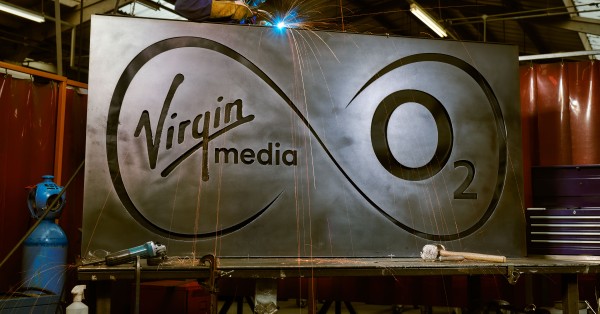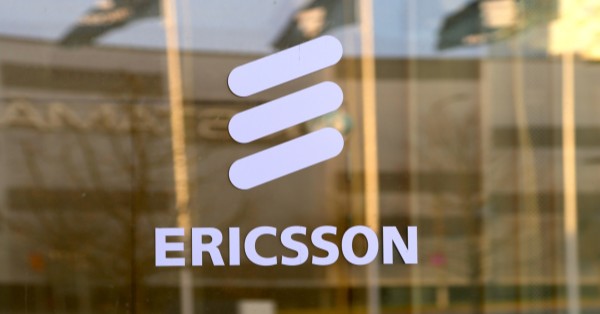At MWC Barcelona 2023, Schneider Electric, Capgemini, and Qualcomm Technologies, Inc. announced their collaboration on a first-of-its-kind 5G-enabled automated hoisting solution. The three companies have joined efforts on the design and installation of the solution at Schneider Electric’s hoisting lab in Grenoble, France. Replacing wired connections with wireless and unifying existing wireless connections from Schneider Electric’s industrial automation system, the 5G Private Network solution demonstrates how it can simplify and optimize digital technology deployment at scale across industrial sites — from steel plants to ports.
From avionics and automotive to steel manufacturing and shipping, hoisting applications play a critical role in supply chain and manufacturing operations, where heavy materials and goods are transported over what can be hundreds of meters. These crane applications are designed to operate in challenging industrial environments, for example, under extreme temperatures and over large distances.
“Digital transformation is helping Schneider Electric customers generate step-change advancements in productivity, efficiency, and sustainability, but not one company can do it alone,” said Marc Lafont, Vice President, Innovation and Upstream Marketing, Schneider Electric. “Schneider Electric has always been a proponent of collaboration and the innovation that comes with it. This breakthrough end-to-end 5G private network hoisting solution is a perfect example of the power of working together as we pilot it at end user sites this year. In addition, in the short-term, we will validate more industrial 5G use cases in various discrete manufacturing, hybrid automation, and process automation applications. In the mid-term, we will experiment with deeper integration of 5G technology inside our automation equipment.”
Wireless, automated hoisting
Automated hoisting systems increase productivity, safety, and operational performance but require fast reaction times, high precision and reliability, 24/7 availability, and both manual and autonomous capabilities. Furthermore, several systems need to coexist on the same network with video cameras for monitoring and remote operation, and PLCs (Programmable Logic Controllers[1]) for various control functions, including automation, remote control, and safety functions. 5G’s native low latency characteristics allow the system to replace fiber cables in remote-control operations, addressing the need to simplify network complexity, reduce wires, and provide long-term reliable connectivity.
“This collaboration with Schneider Electric demonstrates Capgemini’s unique ability to partner with clients to take advantage of technologies to innovate and create new use cases for their industry. The 5G end-to-end solution customized for Schneider Electric’s hoisting system is a good example of the added value of 5G for industrial communication and really illustrates its potential to transform an industry segment,” said Fotis Karonis, Group Leader of 5G and Edge Computing at Capgemini. “Advanced connectivity, 5G, and Edge computing technologies are strong enablers and accelerators for this move towards a digital economy and innovative use cases. They allow industrial clients to redesign systems and processes and make them more efficient, agile, and intelligent.”
“The opportunity to utilize 5G to propel enterprise connectivity forward is tremendous, thus we are investing in this emerging ecosystem by providing practical innovations for 5G Private Networks,” said Enrico Salvatori, senior vice president, Qualcomm Europe, Inc. and president, Qualcomm Europe/MEA. “Our latest technologies are accelerating the numerous benefits modern 5G Private Networks offer to partners like Schneider Electric and Capgemini. By enabling a pre-integrated solution with multi-vendor choice along with Open RAN automation and management technology to streamline deployment, management, and customizability of private networks, we’re helping reduce complexities and accelerate time to market globally.”
Capgemini has worked closely with Schneider Electric to design an optimized end-to-end 5G solution and identify business outcomes on Schneider Electric’s industrial use case. It has also provided the systems integration support based on Qualcomm Technologies latest innovations and assisted Schneider Electric to integrate the 5G network with their use cases, to characterize and optimize the system. Schneider Electric’s expertise in industrial automation combined with Qualcomm Technologies’ heritage in wireless technologies, compute and AI innovations, plus Capgemini’s hands-on experience of network deployment and systems integration intersect to improve performance while eliminating complexities, resulting in faster time to market and improved KPIs for automated hoisting customers.
The 5G private network hoisting solution:
- Replaces wired and other wireless connections for several critical PLC control flows, and time sensitive video flows powering numerous use cases
- Operates in 3.8GHz radio frequency band, with an enterprise-grade Athonet core network and Airspan Small Cells using the Qualcomm® FSM™100 5G RAN Platform, significantly improving connectivity performance and enabling new use cases
Beyond its core industrial functions, the Private 5G automated hoisting system can now be leveraged to deliver additional digital use cases, such as augmented operators enabled by XR (eXtended Reality) and wearable devices.
Source: Capgemini Press release































